Although it is four years since he passed away, Pandit Ravi Shankar is still making waves in the music world, with the eagerly awaited launch of his opera next year.
The acclaimed artist, who is famed for introducing Indian music to the west, had been working on Sukanya up until his death with conductor David Murphy. He is now part of the team tasked with realising Shankar’s ambitious vision.
Named after his second wife, the production is based on the mythological story of princess Sukanya, who was the devoted wife of a blind sage. It is set to premiere in May 2017.
Murphy, who first met Shankar in 2004, said the opera explored Indian music through the prism of the western operatic tradition.
The maestro had written out the whole piece with the raga structure and most of the melodies before his death in 2012.
His daughter Anoushka Shankar, herself an accomplished sitar player taught by Shankar, said it was very emotional seeing his creation coming into reality.
“When I heard this opera idea bubbling around, it should have made sense to me. But at the beginning, I kind of laughed it off because he was 90. It was like, ‘right, you’re going to write an opera now? Do you ever feel like relaxing or taking an evening off?’ and yet he didn’t.
“He was always looking forward, he always wanted to try the next new thing. He wasn’t content just to rest on all the amazing things he had done for the 20th century. He still wanted to be touching on something incredibly new like this. It was just so incredible to watch.”
Anoushka has been working with Murphy to complete her father’s opera as had been Shankar’s wish.
She added: “He wasn’t able to be here to the point of seeing it happen but… he left this clear blueprint for exactly what he wanted the music to be. Right at the end of his life, he was just working, giving these incredible ideas. I’ve never known anything like it in my life.”
Directed by Suba Das, associate director of Curve, Leicester, where the piece will premiere, the opera explores the common ground between the music, dance and theatrical traditions of India and the west.
Murphy conducted the world premiere of Shankar’s symphony with the London Philharmonic Orchestra in 2010.
He told Eastern Eye the most challenging aspect of the project was “fulfilling the compelling vision that Raviji had”.
“It’s the idea of a total artwork that goes beyond even what composers like Wagner were doing that embraces everything – music, dance, drama of east and west. So there are lots of different aspects to pull together, to integrate it into a whole. Raviji had this really clear vision of an integrated whole so it’s our duty to integrate it with a central message.”
Shankar’s widow Sukanya said she wasn’t used to seeing her name up in lights but was touched by the project.
She told Eastern Eye: “It’s been a very emotional journey. It’s almost like getting pregnant and giving birth to a baby. It’s a moving fulfillment, it is something of his which I am helping in my own little way.
“I’m so happy this is happening. It’s going to be presented in the Royal Festival Hall (on London’s Southbank) where he performed in 1955. It’s all coming together beautifully and I’m so touched.
“I feel so honoured. I used to tease him, (asking) ‘where’s my raga’, but look what he has done. What else can I ask for in life?”
Sukanya – a co-production between the Royal Opera House, London Philharmo-nic Orchestra and Curve, in association with the Southbank Centre – premieres in May 2017.




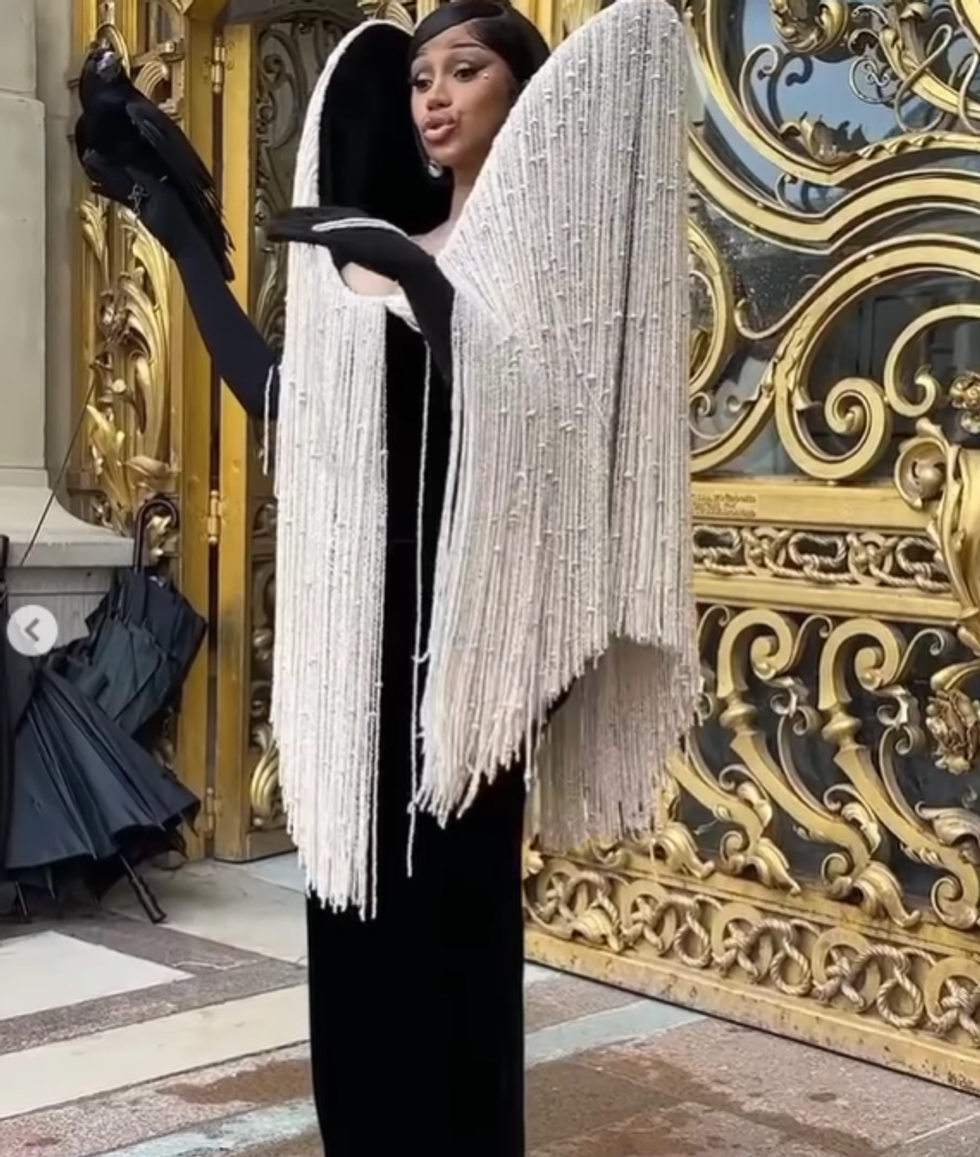 The rapper wears a custom black Schiaparelli gown with graphic fringeInstagram Screengrab/
The rapper wears a custom black Schiaparelli gown with graphic fringeInstagram Screengrab/ Cardi B and Stefon Diggs cozy up on a yacht during Memorial Day weekend in Miami Instagram/iamcardib
Cardi B and Stefon Diggs cozy up on a yacht during Memorial Day weekend in Miami Instagram/iamcardib 





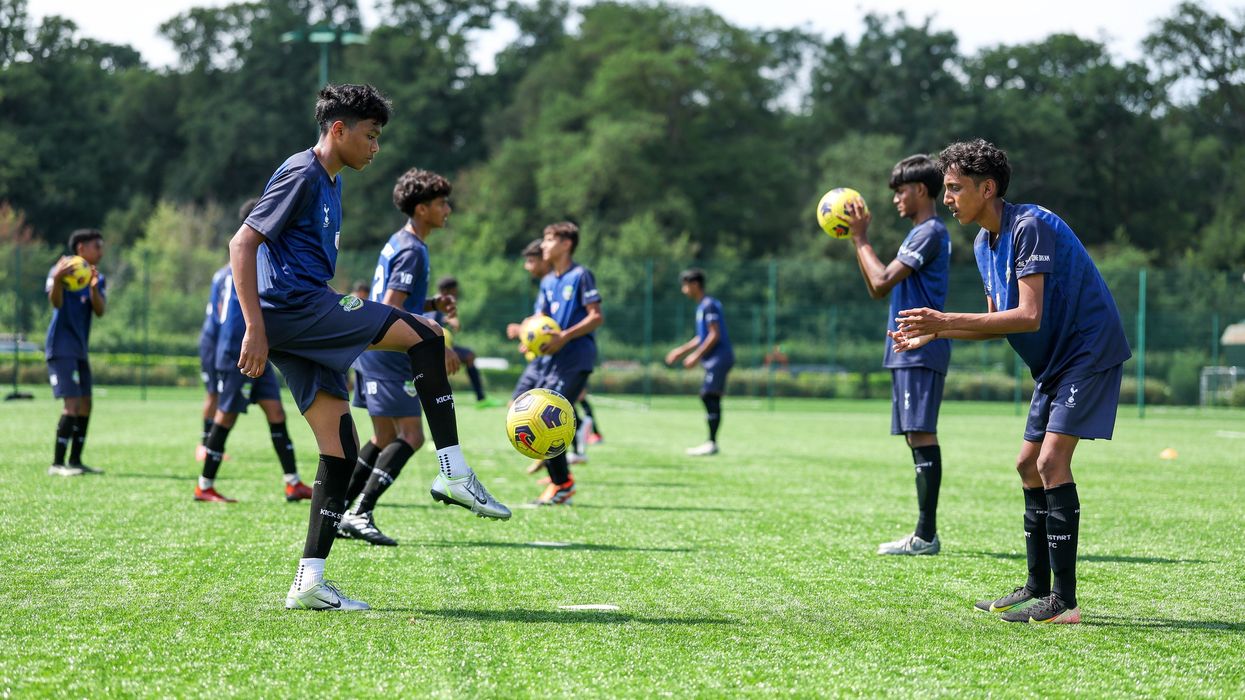



 Kareena Kapoor’s Instagram story adds to outrage over copied Indian footwearGetty Images
Kareena Kapoor’s Instagram story adds to outrage over copied Indian footwearGetty Images  Kareena Kapoor flaunts her Kolhapuri chappals in a vacation photoInstagram screengrab/
Kareena Kapoor flaunts her Kolhapuri chappals in a vacation photoInstagram screengrab/ 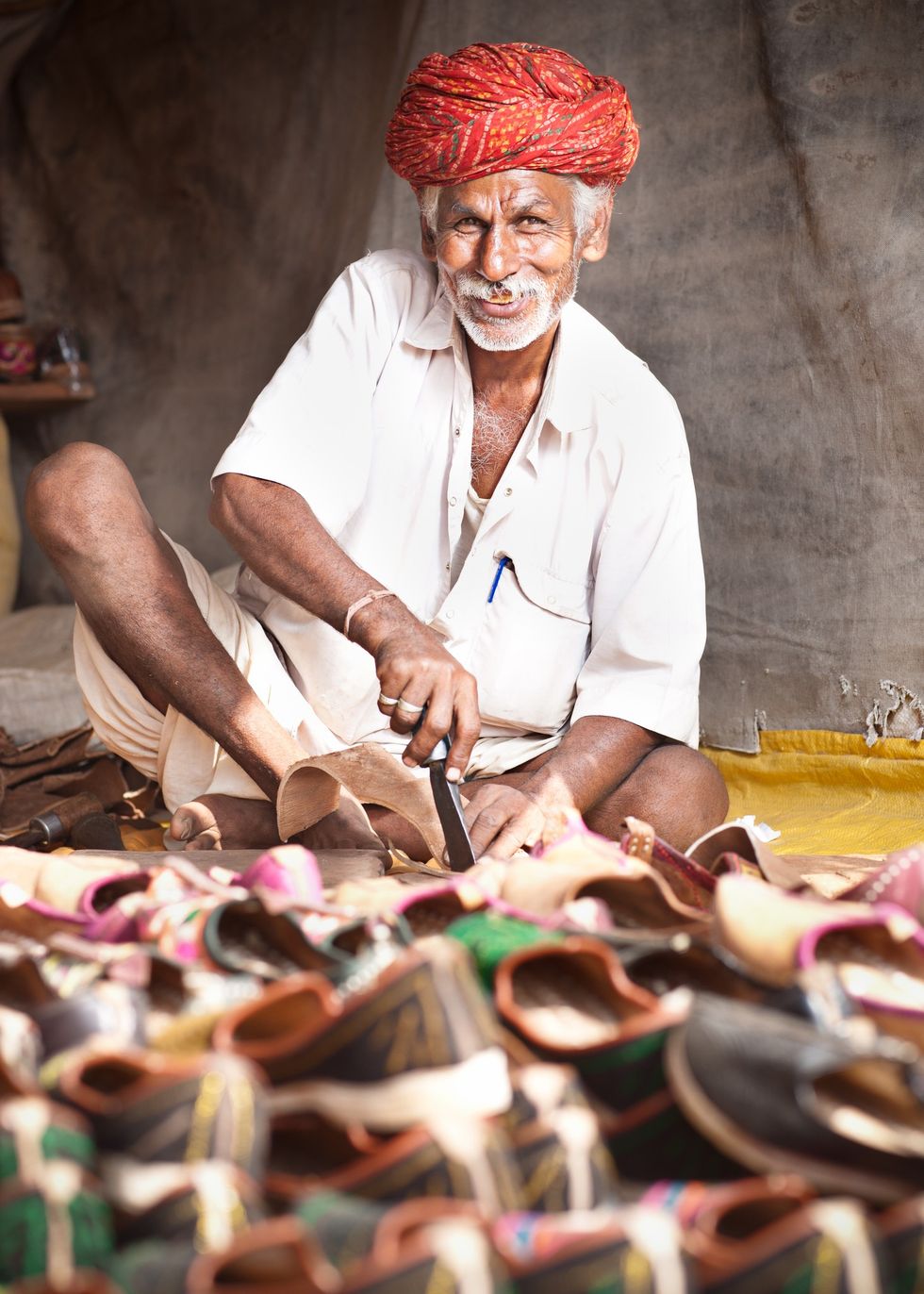 Kolhapuri chappals have been crafted for centuries and received GI tag in 2019 iStock
Kolhapuri chappals have been crafted for centuries and received GI tag in 2019 iStock 
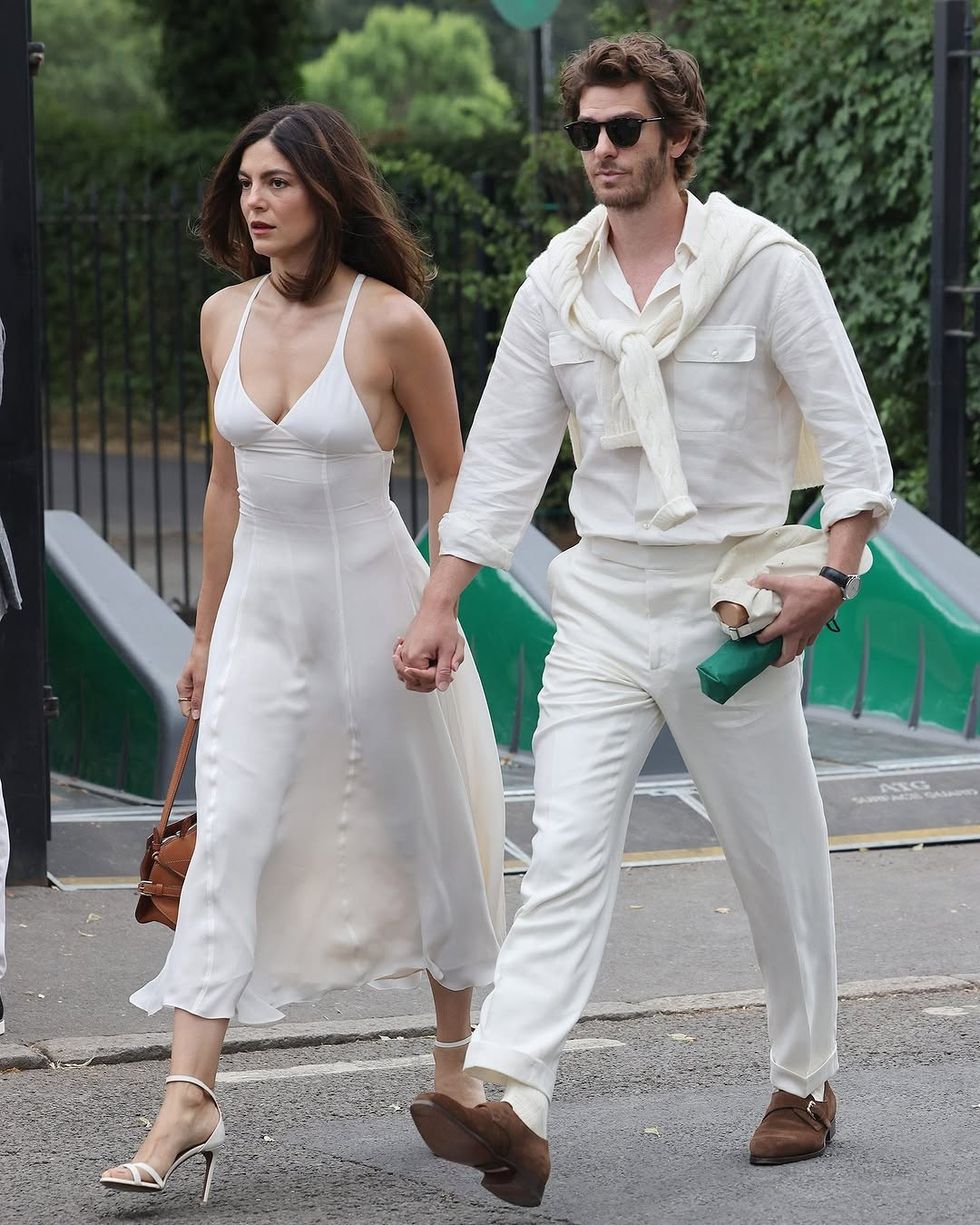 Andrew Garfield and Monica Barbaro arrive hand in hand at Wimbledon in all whiteInstagram/
Andrew Garfield and Monica Barbaro arrive hand in hand at Wimbledon in all whiteInstagram/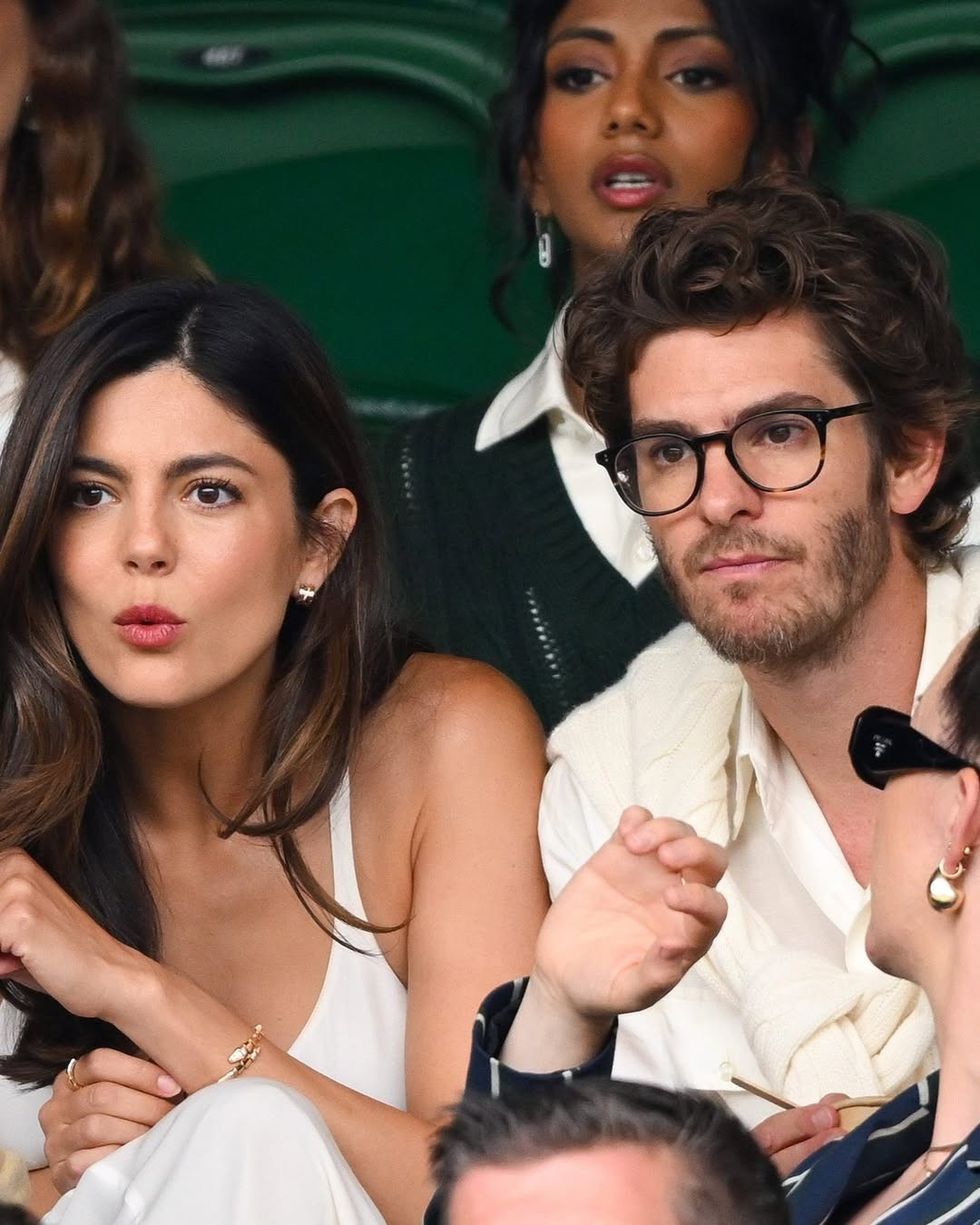 The Hollywood pair appear relaxed and close at Wimbledon 2025Instagram/
The Hollywood pair appear relaxed and close at Wimbledon 2025Instagram/
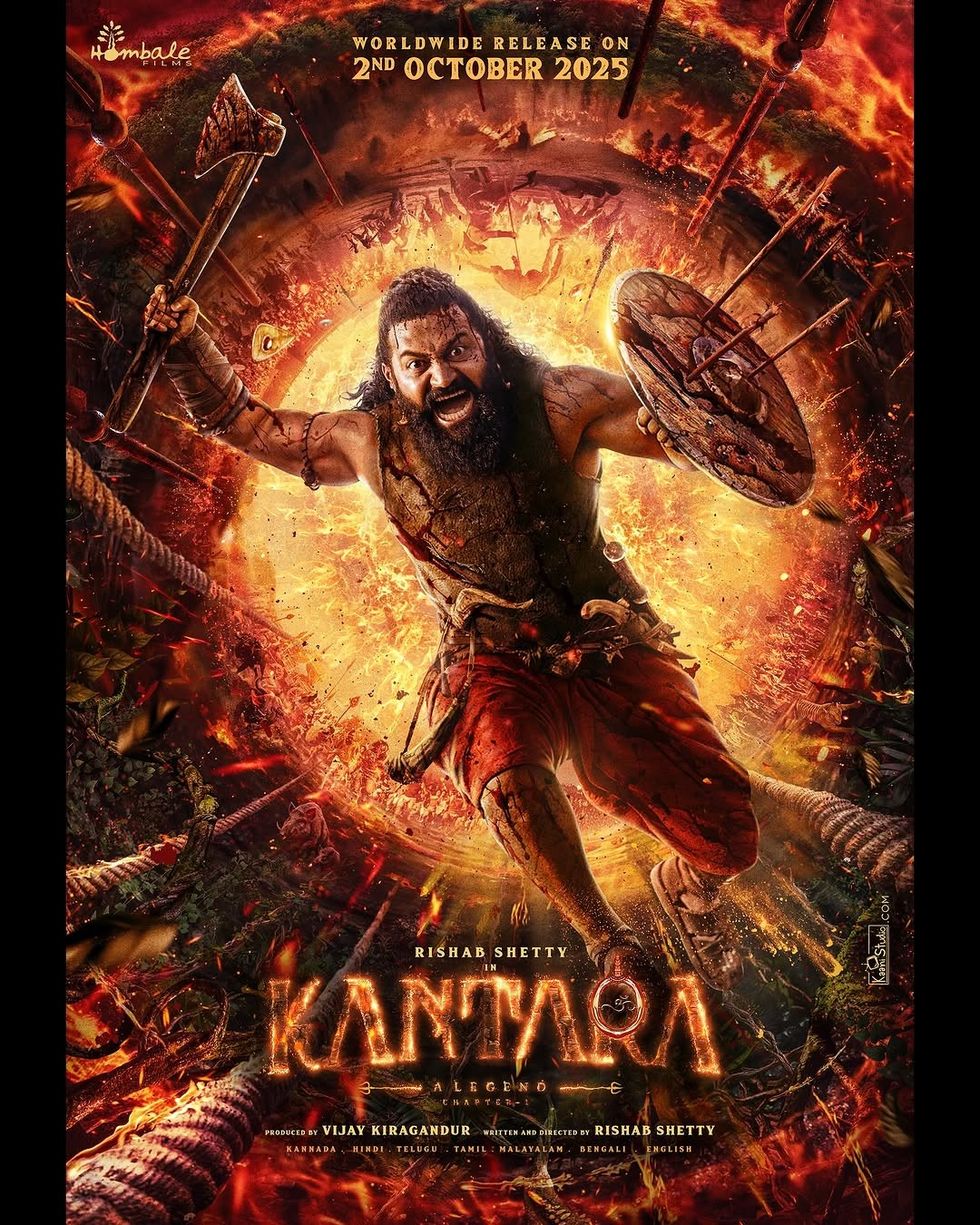 Kantara Chapter 1 poster Instagram/rishabshettyofficial
Kantara Chapter 1 poster Instagram/rishabshettyofficial 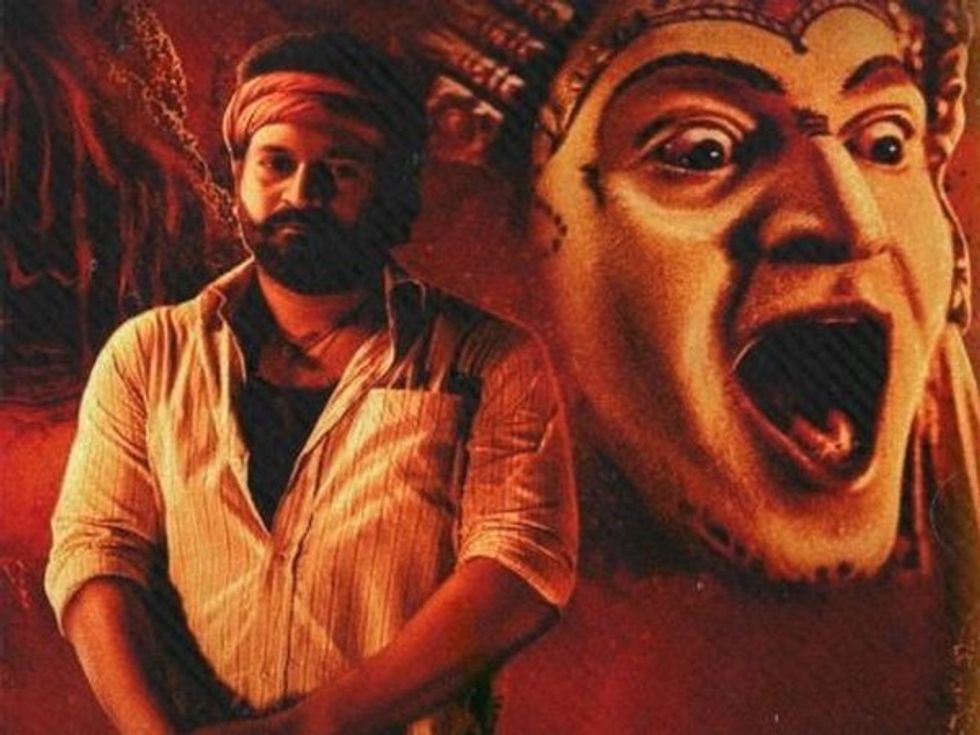 Kantara poster (Image Source: X) Print-160
Kantara poster (Image Source: X) Print-160 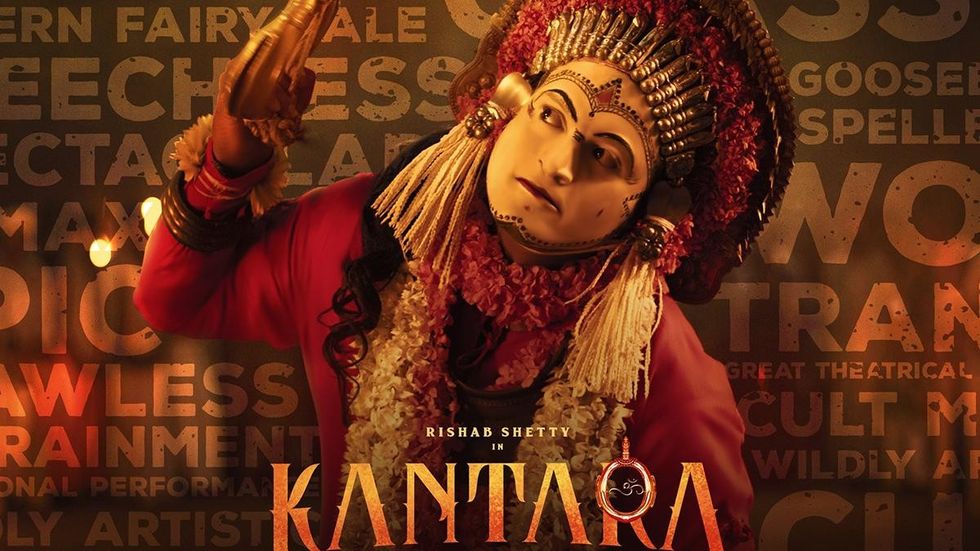 Kantara
Kantara  Rishabh Shetty in a still from Kantara
Rishabh Shetty in a still from Kantara 
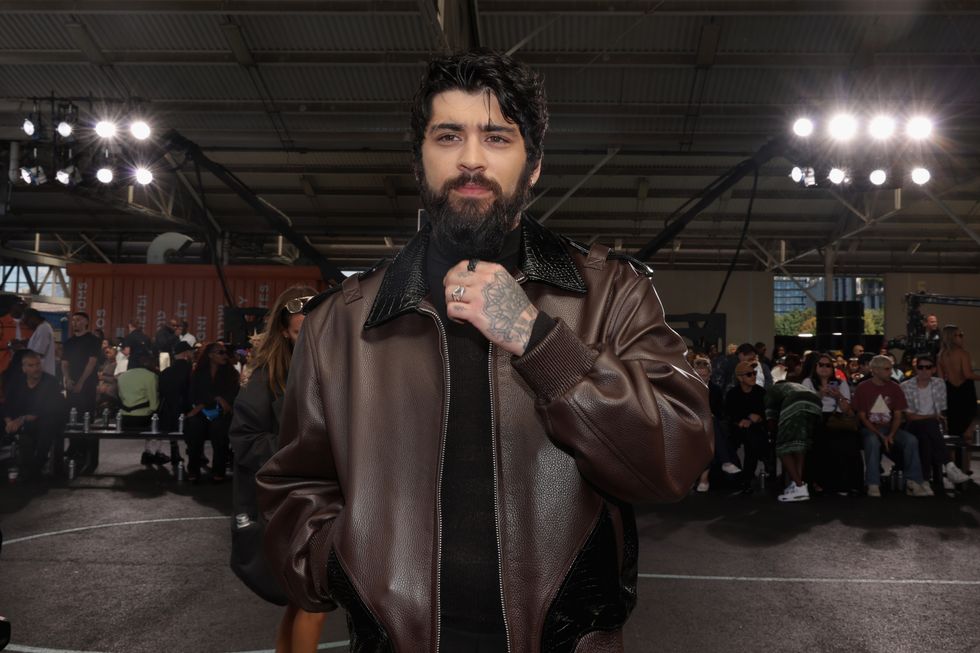 Zayn Malik attends the Off-White fashion show during the September 2024 Getty Images
Zayn Malik attends the Off-White fashion show during the September 2024 Getty Images  Zayn Malik on InstagramInstagram screengrab
Zayn Malik on InstagramInstagram screengrab  Fans react to Zayn Malik's song Twitter Screengrab
Fans react to Zayn Malik's song Twitter Screengrab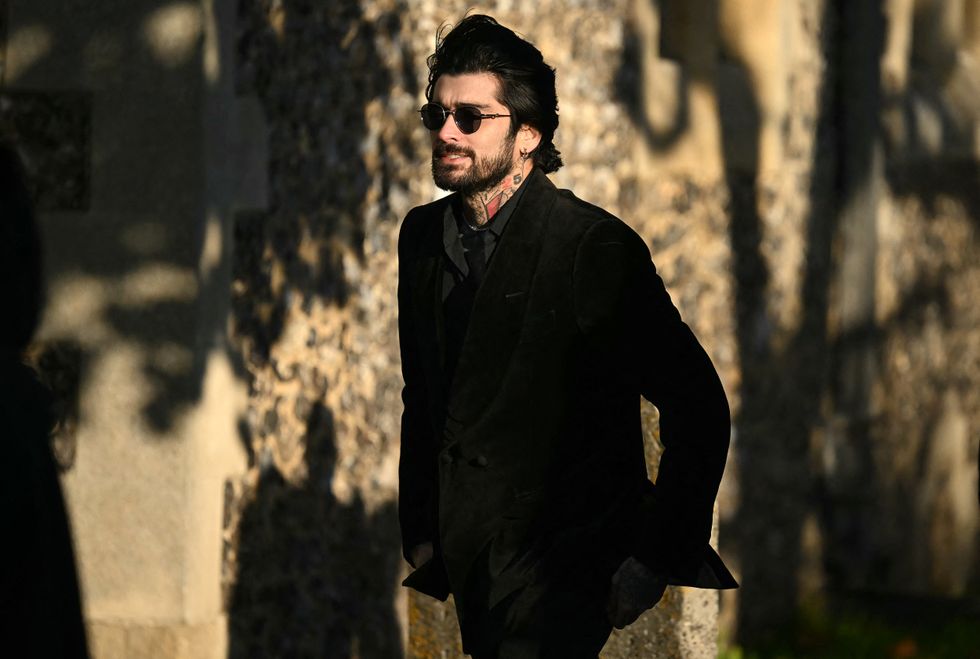 Former One Direction band member Zayn Malik leaves following the funeral of singer Liam PayneGetty Images
Former One Direction band member Zayn Malik leaves following the funeral of singer Liam PayneGetty Images  One Direction Band members Getty Images
One Direction Band members Getty Images